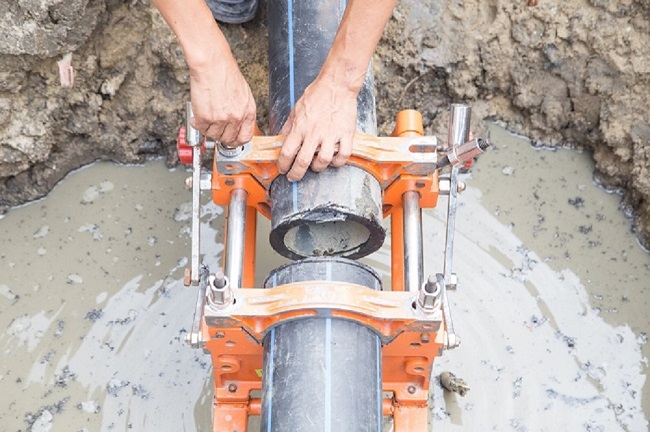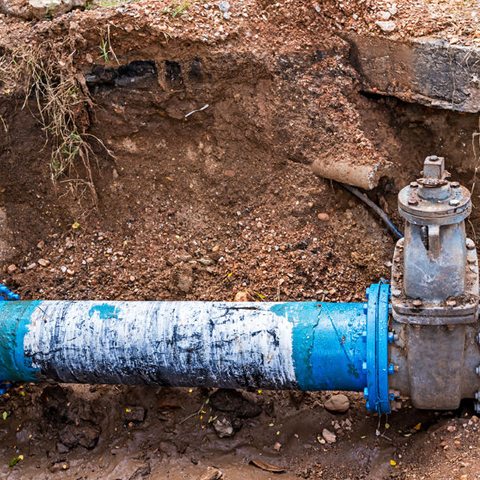Detecting a Burst Pipe and Quickly Applying Proper Repairs
Detecting a Burst Pipe and Quickly Applying Proper Repairs
Blog Article
Right here in the next paragraph yow will discover more incredibly good details relating to What to Know Before Installing a Dishwasher.

A burst pipe is a significant emergency; you can only stand as you see water you pay dearly to rejoin with the earth. In even worse situations, you notice a swimming pool on your kitchen area floor, which is a great journey threat, particularly if you have kids around. If the pipe that ruptured was in your walls, bad news: you might need to paint that whole section.
How can a calamity like a ruptured pipe be stopped and also managed? Well, by listening to your specialist emergency plumbers and complying with these guidelines.
Just how do I recognize when my pipelines have burst?
Changing water stress
Pipelines do not just burst in a day. You may have seen that your cooking area faucet or shower does not run promptly when you turn the tap. It may pause for a few secs and then blast you with more force than usual.
In various other instances, the water might appear normal in the beginning, then drop in stress after a couple of secs.
Damp walls and also water stains
Before a pipeline ruptureds, it will leak, the majority of times. If this consistent dripping goes undetected, the leakage might finish into a wide laceration in your pipeline. One easy means to avoid this emergency is to watch out for damp wall surfaces advertisement water stains. These water spots will lead you right to the leak.
Puddles under pipelines and also sinks
When a pipeline ruptureds, the outflow creates a puddle. It may show up that the puddle is expanding in dimension, and no matter how many times you mop the puddle, in a few mins, there's another one waiting to be cleaned up. Frequently, you might not be able to map the pool to any noticeable pipelines. This is a sign to call an expert plumber.
Untraceable trickling noises
Pipe bursts can occur in one of the most undesirable areas, like within concrete, inside walls, or under sinks. When your house goes silent, you may have the ability to listen to an annoyingly persistent trickling noise. Even after you've checked your shower head and cooking area faucet, the leaking might continue.
Dear visitor, the dripping might be originating from a pipe inside your walls. There isn't much you can do regarding that, except tell a professional plumber.
Turn off the Water
When water ices up, it broadens in volume by concerning 9 percent. And also it expands with remarkable force: The stress inside pipes might go from 40 pounds per square inch to 40,000 psi! No pipeline can hold that much pressure, so it bursts. The break might happen where the ice kinds, however regularly, it happens where water stress finds a vulnerable point in the pipe. That may be inches and even feet from the icy area. Discover the water shutoff valve and also turn off the water to avoid even more damage. You may likewise require to shut down the electrical energy too, depending on where the leakages occurs and also just how big it is.
Infected water
Lots of people assume a ruptured pipe is a one-way outlet. Rather the contrary. As water spurts of the hole or wound in your plumbing system, pollutants discover their way in.
Your water may be infected from the resource, so if you can, check if your water tank has any problems. However, if your drinking water is provided as well as cleansed by the city government, you should call your plumber instantly if you see or smell anything amusing in your water.
What do I do when I find a burst pipeline?
Your water meter will remain to run also while your water wastes. To minimize your losses, locate the primary controls and also transform the supply off. The water mains are an above-ground structure beside your property.
How to Fix & Detect a Leaking Pipe
How Do I Know if a Pipe is Leaking?
Leak detection tests can help you determine if your pipe has a leak. Even if you don’t see an apparent leak, you should still conduct leak detection tests regularly to save water and money—and prevent major damage to your home.
Water meter. It can be helpful to figure out what your usual water meter usage numbers are and then monitor them regularly. To monitor your meter, first, turn off all water faucets in your home. Check the meter and write down the numbers. In a few hours, check the meter again. If the numbers have changed, you have a leak. Water gauge. Use a water gauge to test your water pressure. Your showerhead should produce a certain amount of water pressure based on its model and design. If the pressure is lower than it is supposed to be for that specific showerhead, your home likely has a leak. Puddles. Look inside your bathroom, laundry, and kitchen sink cabinets. Puddles around the cabinets or around toilets, tubs, showers, and washing machines indicate the presence of a leaking pipe. You may also notice loose tiles, peeling or flaking paint, or mold caused by water accumulation. Napkin test. Even if you don’t see any puddles, you may still have a leak. You can test for water leaks in the bathroom, laundry, and kitchen by wiping below-sink connections with a napkin, paper towel, or piece of toilet paper. If it becomes damp, you probably have a leaking pipe under the sink. Discolored walls. Walls that are discolored—usually with brown or yellow stains—or bulging might mean that they have been impacted by water damage caused by a leaking pipe. Smell. A leaky pipe will create sitting water, and over time, that water may develop a musty smell. If your home smells musty, but you can’t locate the source, it may be due to a leak. Steps for Fixing a Leaking Pipe
A leaky drain can be remedied by tightening the pipe base, replacing the drain seal, caulking the rim, and tightening the pipe nut. Similarly, a leaking toilet pipe can be treated by tightening the packing nut. You may also need to replace the valve. A leaky faucet may just need tightening or replacement of the washers. If that doesn’t work, consider replacing your faucet. If your pipe has a hole in it, you may want to use a pipe leak sealer or pipe leak tape. This quick fix for water pipe leaks can also temporarily fix a copper pipe leak. https://www.ahs.com/home-matters/quick-tips/how-to-tell-if-pipes-are-leaking/

Do you really like reading up on How to install a dishwasher safely? Put feedback down below. We'd be delighted to listen to your feelings about this write up. In hopes that you come back again before long. You should take the opportunity to promote this post if you appreciated it. I thank you for reading our article about What to Know Before Installing a Dishwasher.
Top service, dial! Report this page